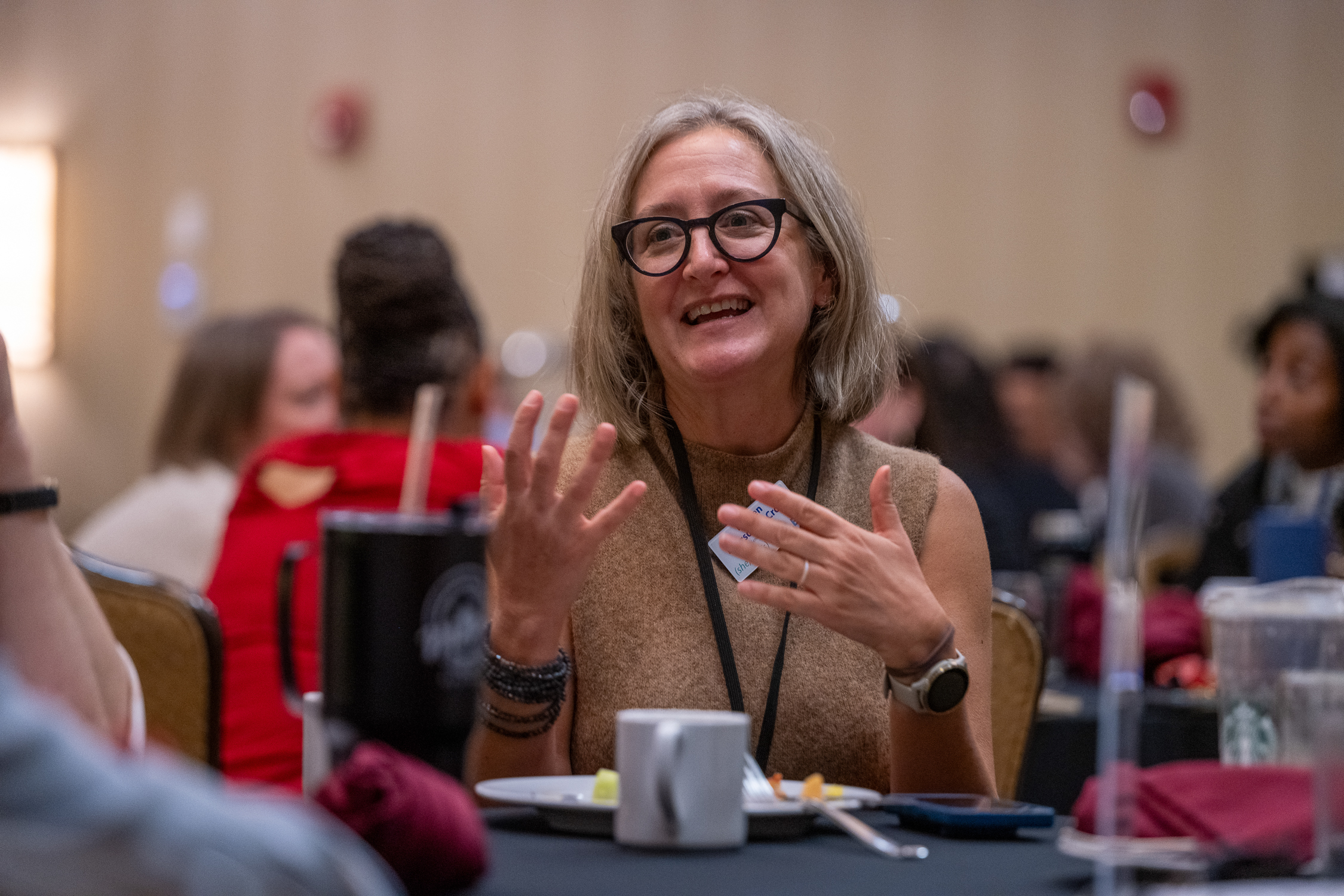In fast-moving environments, it can be easy to leap toward solutions before fully understanding the problem. The 5 Whys Protocol offers a powerful way to slow down and engage in purposeful reflection. By asking “why” repeatedly – up to five times – participants uncover the root causes beneath surface-level challenges. This structured process fosters deeper insight, sharper focus, and a stronger foundation for any next steps.
The protocol begins with a presenter sharing a real question or dilemma from their work. The group asks clarifying questions to understand the context better, then selects a central “why” question to begin the inquiry. From there, the group continues with a series of follow-up “why” questions, each one digging deeper into the presenter’s responses. The conversation ends with a group reflection and a final response from the presenter. Rather than solving the issue, the goal is to reveal what might be driving it.
What makes this process especially powerful is its inclusivity. With clear roles, intentional pacing, and a shared focus on inquiry, the 5 Whys Protocol creates easy entry points for all participants regardless of role or experience. It invites a wide range of perspectives and centers on curiosity rather than expertise, creating space for deep listening and meaningful contributions from every voice in the room.
Facilitators help ensure the process stays reflective and focused. They guide the timing, frame the tone, and encourage open-ended questions that are thoughtful rather than evaluative. The 5 Whys Protocol can lead to fresh insight, shared learning, and a deeper understanding of the systems and beliefs shaping our work in schools.
Facilitator Tips for Leading the 5 Whys
- Clearly explain the purpose: focus on inquiry, not immediate solutions.
- Help the group choose an open-ended initial “why” question.
- Ensure each “why” builds on the previous answer and keep a steady pace.
- Redirect questions that feel accusatory or repetitive back to curiosity.
- Allow silence and reflection – avoid rushing to fill pauses.
- Guide the discussion to focus on insights, not solutions.
- Invite the presenter to reflect on the group’s observations.
- Debrief with the group to gather feedback and improve the process.
- Model humility and foster a safe, inclusive environment for all voices.

Kirsten Ebersole LaCroix, Senior Director of Program Scaling
